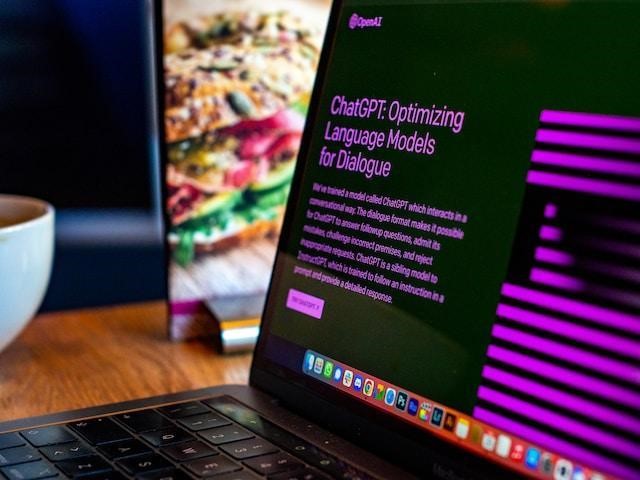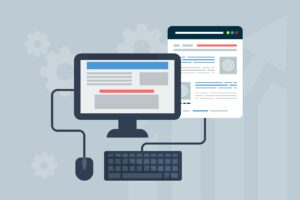AI has captured the world’s attention. Thanks to popular tools like ChatGPT, AI is more relevant than ever, and businesses are trying to capitalize on the technology. However, this rising adoption has some workers feeling unsure of their future.
Many businesses and AI enthusiasts cite how the technology won’t replace you but rather help you do your job more efficiently. Others — especially those in positions AI is most likely to disrupt — are less certain. Will AI enhance or replace workers? Here’s a closer look at the possibilities and how trends are shaping up.
How AI Can Benefit Human Employees
“Historically, technology has created more jobs than it’s taken.”
AI can help people in many ways. Because AI and humans have different skill sets, you can use AI to automate the parts of a job employees don’t enjoy and aren’t good at. That can result in some impressive efficiency gains and boost workforce morale.
AI takes care of the less interesting, more frustrating tasks, leaving you with more engaging work. Employees who personally get value from AI are 3.4 times more likely to be satisfied with their jobs, and only 8% of those working with AI feel less happy. Similarly, more than half of these workers say AI has improved interactions between them and their co-workers or helped them feel more capable.
It’s also worth noting that, historically, technology has created more jobs than it’s taken. Many experts predict AI will continue this trend. The World Economic Forum suggests that 97 million new jobs will appear by 2025, 12 million more than what disappears.
“Even though AI may improve employment in the long run, it will leave some people jobless in the near term..”
These benefits are impressive, but AI could negatively impact some jobs, too. It’s important to recognize that the positions AI creates usually aren’t comparable to the ones it takes. Demand will rise for tech skills and creative or critical thinking roles. However, workers in repetitive, information-heavy jobs — the ones AI may eliminate — may not have the ability or experience to get these new positions.
Workers with low education levels could lose up to 44% of their jobs to automation by the 2030s. Even if new positions emerge at the same rate, they’ll most likely be in different industries and require other qualifications. As a result, even though AI may improve employment in the long run, it will leave some people jobless in the near term.
There’s also the risk of job devaluation. As AI improves and can accomplish more, some roles humans fill will become less valuable by comparison, leading to lower relative wages.
Current AI in the Workplace Trends
“Almost half of AI adopters today say they use the technology to give employees more time amid skills gaps.”
AI has the potential to hurt and improve the workforce, and which way it goes depends largely on how you implement it. How you use AI today can inform what changes may be necessary in the future.
Thankfully, many industries are using AI to boost employee performance. AI systems in education automatically notify teachers about deadlines and handle administrative tasks to give them more time with students. Banks use the technology to detect potential fraud before human employees can respond to these alerts more in-depth.
Almost half of AI adopters today say they use the technology to give employees more time amid skills gaps. More than one-third are also reskilling their current employees so they can work better with AI. If more companies follow that trend, tomorrow’s workforce will be better equipped for how AI will change job demand, reducing its impact on unemployment.
The Future of AI in the Workplace
These early signs are promising, but businesses shouldn’t lose sight of AI’s impact on the workforce. This technology can be a great force for good, but only if you use it responsibly.
Upskilling is one of the most important steps. If you’re using AI, offer training programs to employees in roles it will likely take in the future. If you can do that, you can ensure your current workers don’t lose their jobs to the machines intended to make work easier. This is important for businesses, too, as 38% of organizations today say a lack of relevant skills is their biggest barrier to AI adoption.
Governments should also consider how AI could affect the workplace. As adoption rises, workers in high-risk positions may need laws to protect their employment or wages. Technology has always influenced the labour market, but AI is advancing faster than earlier tech, so it may need more intervention to manage its impact.
AI Can Enhance the Workforce With the Right Approach
In the end, AI will improve employment more than it hurts it. However, the road to that goal could be rocky if businesses aren’t careful.
Long-term gains will likely involve some near-term disruption. If you can anticipate this shift and approach AI slowly while upskilling your employees, you can capitalize on the technology without harming your workforce.









